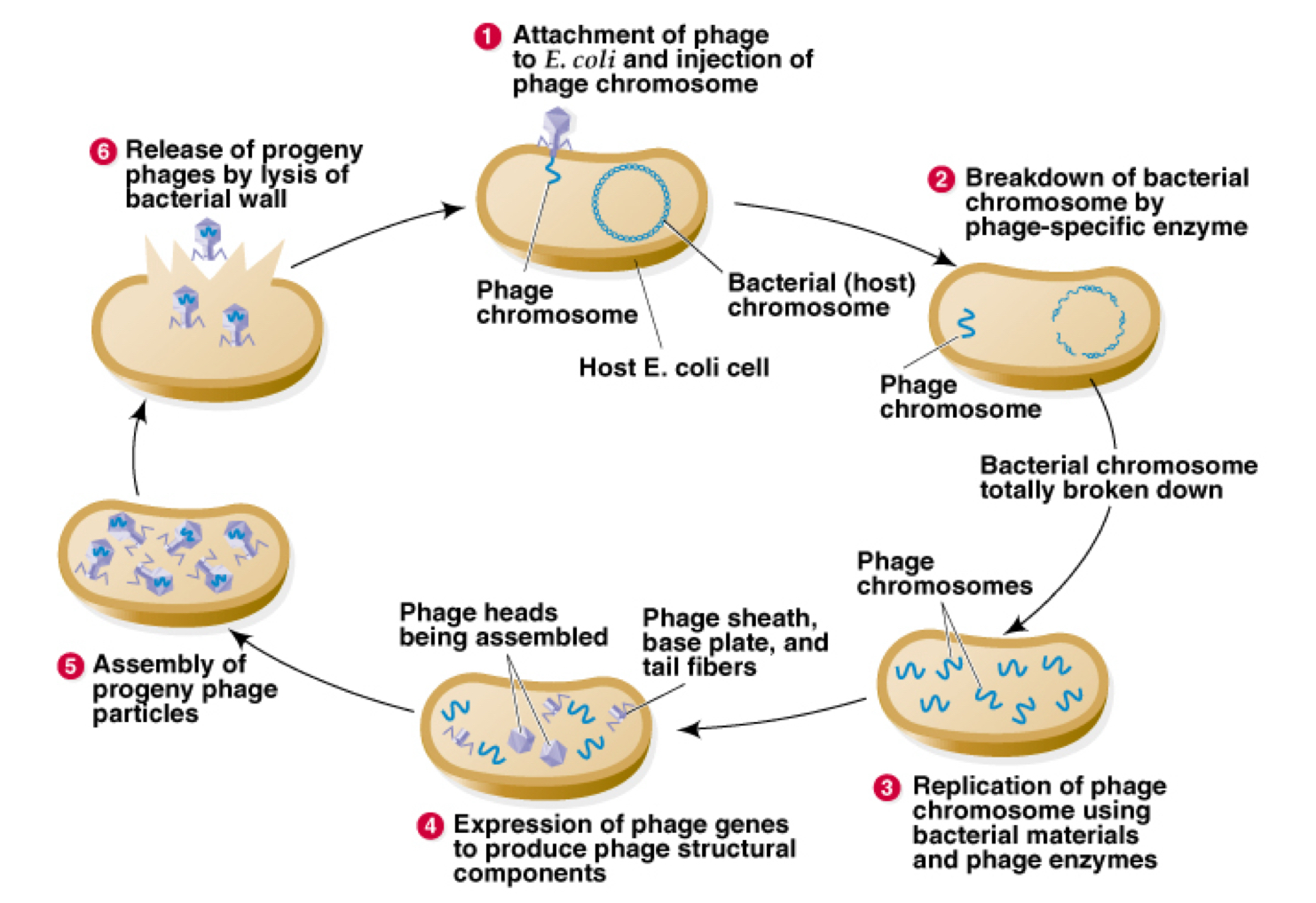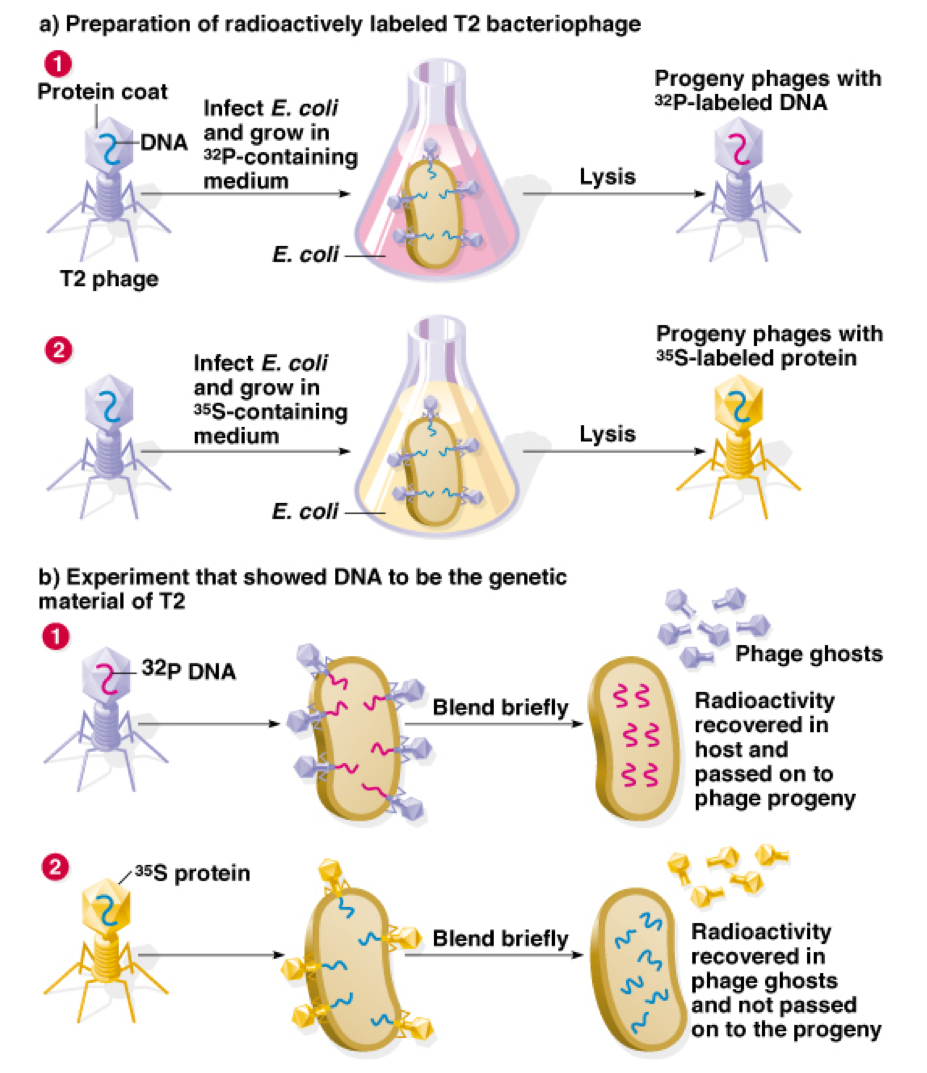Chapter 9: Molecular Structure of DNA and RNA
1/66
There's no tags or description
Looks like no tags are added yet.
Name | Mastery | Learn | Test | Matching | Spaced |
|---|
No study sessions yet.
67 Terms
Our knowledge of genetics comes from…
Our knowledge of the molecular structure of DNA and RNA
Who discovered nuclein?
chemist Friedrich Miescher
In a 1971 essay in the history of nucleic acid research, Erwin Chargaff noted that in a 1961 historical account of nineteenth-century science, who was and was not mentioned?
Mentioned: Charles Darwin (31 times) and Thomas Huxley (14 times)
Not Mentioned: Friedrich Miescher (not even once)
How long would DNA actually stretch out?
DNA would actually stretch to the sun and back 4 times!
The strands of DNA are so fine, what is needed to see the DNA strands?
A high power electron microscope
The human genome, the genetic code in each human cell contains how many sets of chromosomes?
23 sets of chromosomes
How Manu nucleotide pairs can each DNA molecule contain? And what’s is their size when uncoiled?
500 thousand to 2.5 million nucleotide pairs
-DNA molecules of this size are 1.7 to 8.5cm long when uncoiled, or about 5cm on average.
How many miles would DNA be able to stretch out end to end?
DNA would stretch out over 744 million miles.
-Variation is due to the estimated number of cells in the body.
What is the percentage of the human genome that contains DNA that helps “build” us or that “maps for proteins”?
1.5%
What is the percentage of DNA that is considered “junk: or control components that we are not sure how it is used?
98.5%
What are the four roles that genetic material must meet to fulfill its role?
Information: It must contain the information necessary to make an entire organism.
Transmission: It must be passed from parent to offspring.
Replication: It must be copied.
In order to be passed from parent to offspring.
Variation: It must be capable of changes.
To account for the known phenotypic variation in each species.
Griffith’s Transformation Experiment
Used two strains of Streptococcus Pneumoniae (pneumococcus)
Griffiths’s Transformation Experiment
S strain
Infectious (virulent) and has a polysaccharide coat. Infection will result in the death of the animal. Two substrings: IIS and IIIS
Griffiths’s Transformation Experiment
R strain
Noninfectious (avirulent) and has no polysaccharide coat.
One out of 10^7 S cells will mutate into R.
Ex: type IIS into IIR. However, the reverse is very rare (only IIR into IIS never into IIIS)
The agent involved in Griffiths’s Transformation Experiment was called what and why?
The Transforming Principle because Griffith believed that the transforming principle was the protein.
We now know that the Transforming Principle is DNA
How was it determined that the transforming principle was DNA instead of protein?
A chemical method (A modern DNA mini prep) was used to isolate chemically pure transforming principle from lazed type IIIS bacteria cells.
This procedure separates the lysate into various cellular macromolecular components: lipids, polysaccharides, proteins, DNA and RNA.
1944: The experiments of Avery, MacLeod and McCarty
Avery, MacLeod and McCarty realized that Griffith’s observations could be used to identify the genetic material.
At that time, it was known that DNA, RNA, proteins and carbohydrates are the major constituents of living cells.
What did Avery and colleagues isolate during 1944?
They isolated DNA and RNA and tested with crude extracts of nucleases.
This demonstrates that the transforming principle is DNA.
However, data was criticized because the DNA was not pure. It was contaminated with protein.
What was the answer Hershey and Chase found in 1952?
Using bacteriophage to confirm that the transforming principle was DNA. DNA is in the head of the viral particle, which is made of protein.
What is the life cycle of a virulent phage, such as T2?
Attachment of phage to E.coli and injection of phage chromosome.
breakdown of bacterial chromosome by phage-specific enzyme.
Replication of phage chromosome using bacterial materials and phage enzymes.
Expression of phage genes to produce phage structural components.
Assembly of progeny phage particles.
Release of progeny phages by lysis of bacterial wall.

Hershey-Chase experiment demonstrating DNA is genetic material:

DNA and RNA are considered…
Large macromolecules with several levels of complexity.
What do nucleotides form?
Nucleotides form the repeating unit of nucleic acids. Nucleotides are linked to form a linear strand of RNA or DNA.
Two strands can interact to form a double helix.
How are 3D structures of DNA created?
The 3D structure of DNA results from folding and bending of the double helix. Interaction of DNA with proteins produces chromosomes within living cells.
What is a nucleotide?
The nucleotide is the repeating structural unit of DNA and RNAW
What are the three components of a nucleotide?
A phosphate group
A pentose sugar
Ribose in RNA
Deoxyribose in DNA
A nitrogenous base
Why are they called nucleic acids?
They are found in the nucleus
They are acidic
Deoxyribonucleotide
dAMP
dCMP
dGMP
dTMP
Ribonucleotide
AMP
GMP
CMP
UMP
Base + Sugar is a
nucleoside
What are examples of a nucleoside?
Adenine + ribose = Adenosine
Adenine + deoxyribose = Deoxyadenosine
Base + sugar + phosphate(s) is a
Nucleotide
What are examples of a nucleotide?
Adenosine monophosphate (AMP)
Adenosine diphosphate (ADP)
Adenosine triphosphate (ATP)
Nucleotides are covalently linked together by?
Phosphodiester bonds
A phosphate connects the 5’ carbon of one nucleotide to the 3’ carbon of another.
Does a DNA strand have directionality?
Yes the strands have directionality
5’ to 3’
In a strand, all sugar molecules are oriented in the same direction
What forms the backbone of the nucleic acid strand?
The phosphates and sugar molecules, the bases project from the backbone.
What did James Watson and Francis Crick do?
They elucidated the double helical structure of DNA.
The scientific framework for their breakthrough was provided by other scientists including:
Linus Pauling
Rosalind Franklin and Maurice Wilkins
Erwin Chargaff
Linus Pauling
Proposed that regions of protein can fold into a secondary structure, the alpha helix
To elucidate this structure, he built ball-and-stick models
Rosalind Franklin
Performed X-ray diffraction of DNA fibers.
She worked in the same lab as Maurice Wilkins
She used X-ray diffraction to study wet fibers of DNA
The diffraction pattern is interpreted (using mathematical theory)
This can ultimately provide information concerning the structure of the molecule
What did Rosalind Franklin make?
She made marked advances in X-ray diffraction techniques with DNA.
What are the suggested structural features of DNA that Rosalind Franklin obtained from the diffraction pattern?
Helical
More than one strand
10 base pairs per complete turn
Erwin Chargaff
He pioneered many of the biochemical techniques for the isolation, purification, and measurement of nucleic acids from living cells.
He analyzed the base composition of DNA isolated from many different species.
It is known that DNA contains the four bases:
A,G,C,T
The Goal (Discovery-based science)
An analysis of the base composition of DNA in different species may reveal important features about the structure of DNA.
Chargaff’s rules state
that DNA from any cell of any organisms should have a 1:1 ratio (base Pair Rule) of pyrimidine and purine bases and, more specifically, that the amount of guanine should be equal to cytosine and the amount of adenine should be equal to thymin.
James Watson and Francis Crick
Published the Double Helix model for the DNA structure.
The Double Helix model was based on the following data:
DNA was composed of bases, sugars, and phosphates which were linked as a polynucleotide.
The amount of A=T and G=C
The ratio of (A+T)/(G+C) varies with organisms.
X-ray diffraction analysis indicated:
DNA was in a highly ordered helical structure with distinctive regularities of 0.34nm
The two strands of DNA run…
Anti-parallel, one runs in the 5’ to 3’ direction and the other 3’ to 5’
Two strands are twisted together around a common axis. How many bases complete a turn of the helix?
There are 10 bases and 3.4nm per complete turn of the helix.
The helix is
right handed, as it spirals away from you the helix turns in a clockwise direction.
The double bonded structure is stabilized by:
Hydrogen bonding between complementary bases.
A bonded to T by two hydrogen bonds
C bonded to G by three hydrogen bonds
Base stacking
Within the DNA, the bases are oriented so that the flattened regions are facing each other
There are two asymmetrical grooves on the outside of the helix
Major groove
Minor groove
Certain proteins can bind within these grooves
They can thus interact with a particular sequence of bases
The DNA double helix can form different types of
secondary structure
The predominant form found in living cells is
B DNA, however under certain conditions, Z DNA double helices can form
B DNA
Bases relatively perpendicular to the central axis
Z DNA
Bases substantially tilted relative to the central axis
Sugar-phosphate backbone follows a zigzag pattern
Z DNA function in Cell
left-handed helix
12 bp per turn
Its formation is favored by
Alternating purine/pyrimidine sequences, at high salt concentrations
Cytosine methylation, at low salt concentrations
Negative supercoiling
May play a role in transcription and chromosome structure
Recognized by cellular proteins
May alter chromosome compaction
Alexander Rich
discovered triplex DNA
It was formed in vitro using DNA pieces that were made synthetically
how is a triplex DNA formed?
It was discovered that natural double-stranded DNA can join with a synthetic strand of DNA to form a triplex DNA
The synthetic strand binds to the major groove of the naturally- occurring double-stranded DNA
Triplex DNA formation is sequence specific
T binds to an AT pair in biological DNA
C binds to a CG pair in biological DNA
Triplex DNA has been implicated in several cellular processes
Recombination, inactivation of specific genes
Potential tool for therapeutic gene inactivation
In RNA synthesis
only one of the two strands of DNA is used as a template
Although usually single-stranded, RNA molecules can form short double-stranded regions
This secondary structure is due to complementary base-pairing
A to U and C to G
Allows short regions to form a double helix
RNA double helices typically
Are right handed
have the A form with 11 to 12 base pairs per turn
Different types of RNA secondary structures are possible
a. Bulge loop
b. Internal loop
c. Multibranched loop
d. Stem loop or Hairpin loop
Many factors contribute to the tertiary structure of RNA
Base-pairing and base stacking within the RNA itself
Interactions with ions, small molecules and large proteins
Xist
long noncoding RNA (IncRNA)
The Xist RNA, a large (17kb in humans) transcript, is expressed on the inactive chromosome and not on the active one.
The transcript remains in the nucleus where it coats the inactive X chromosome